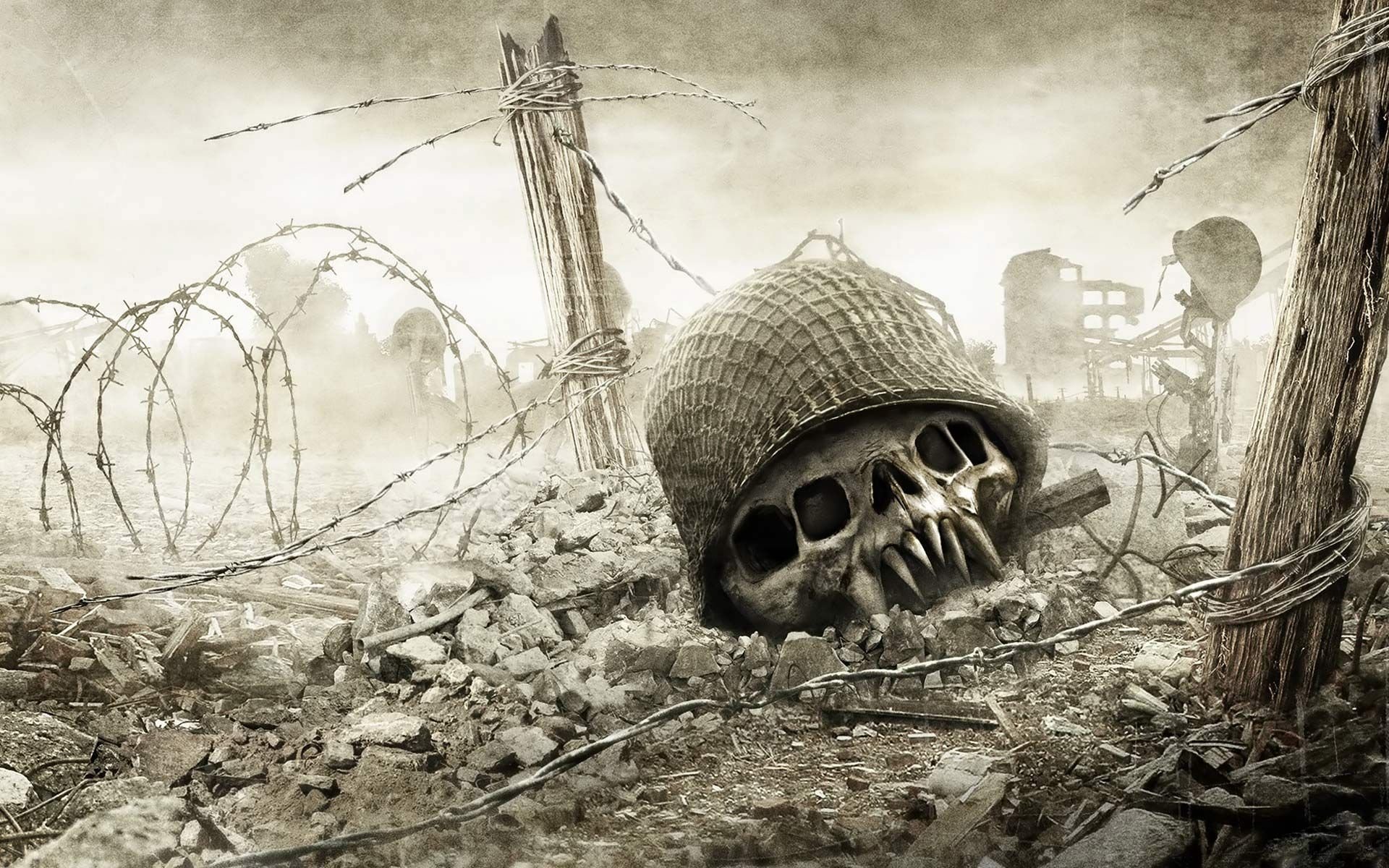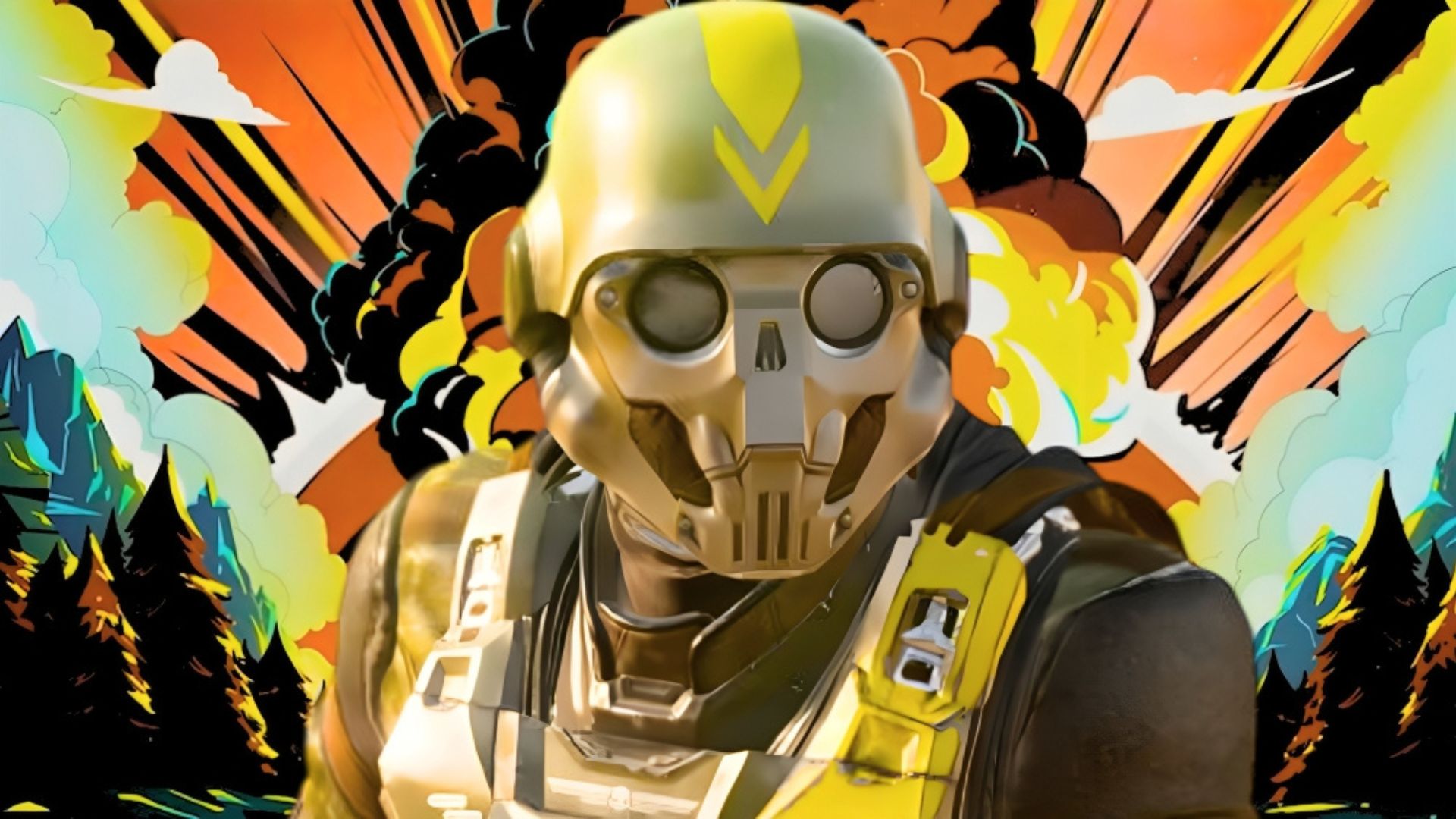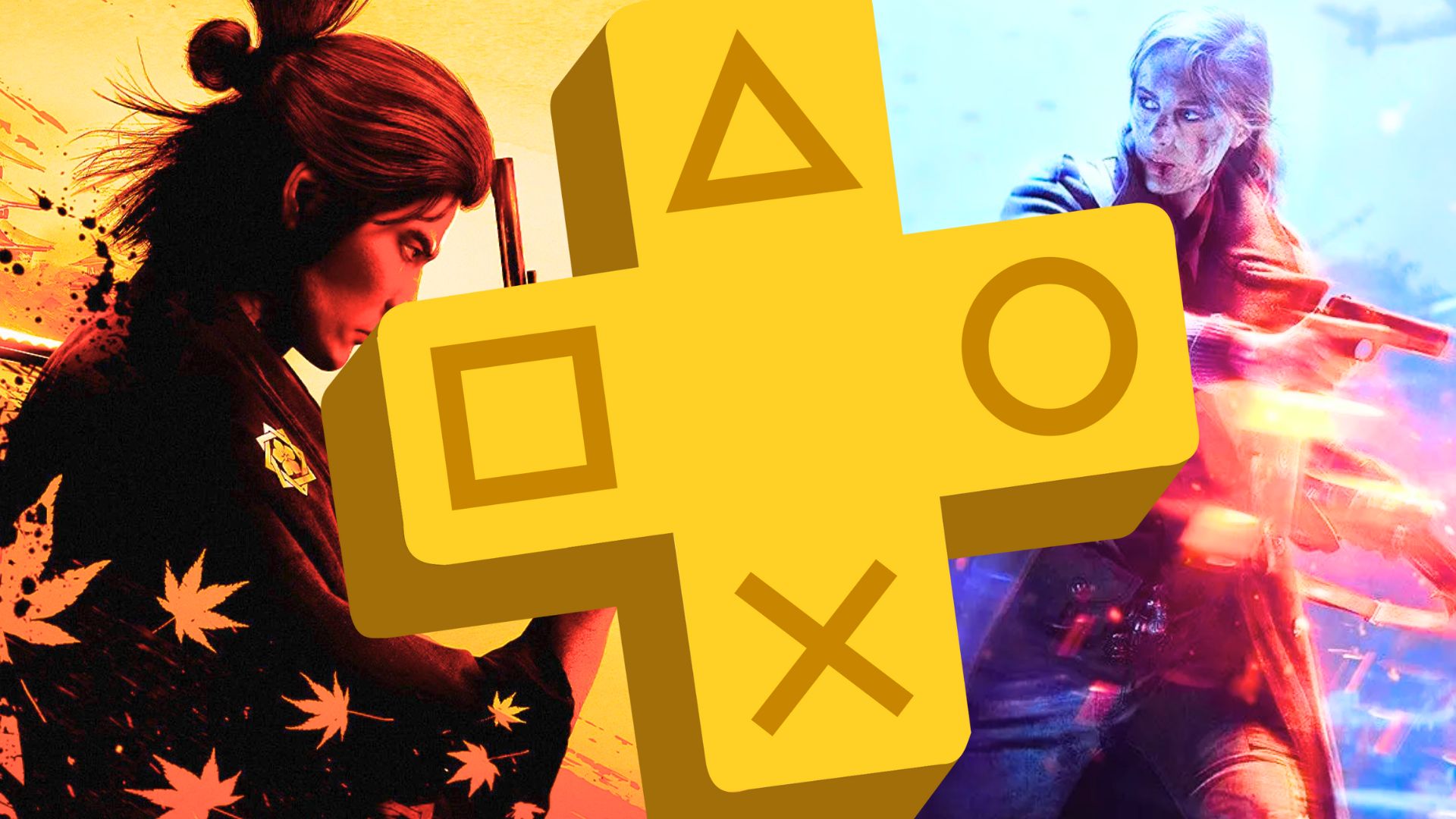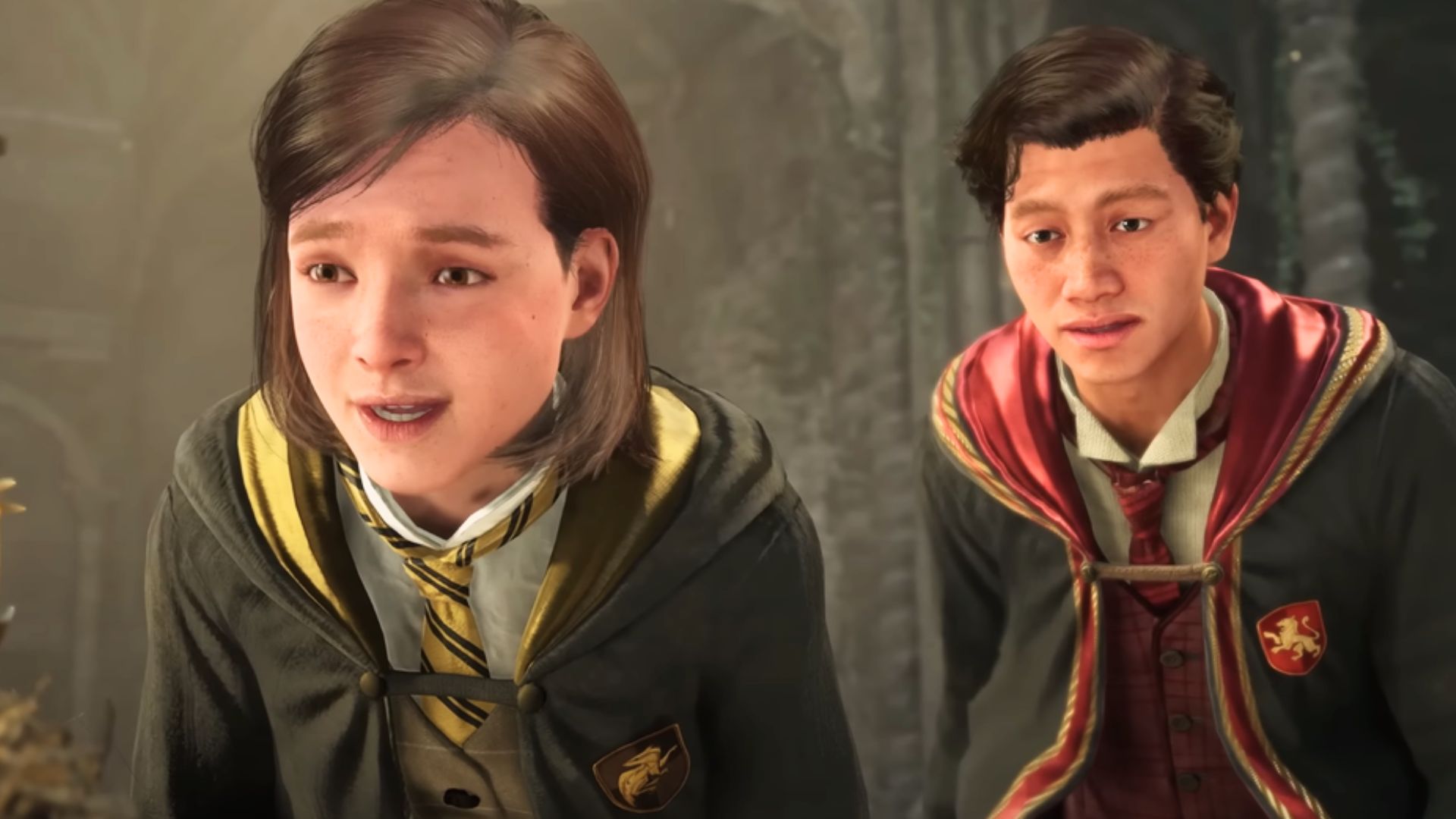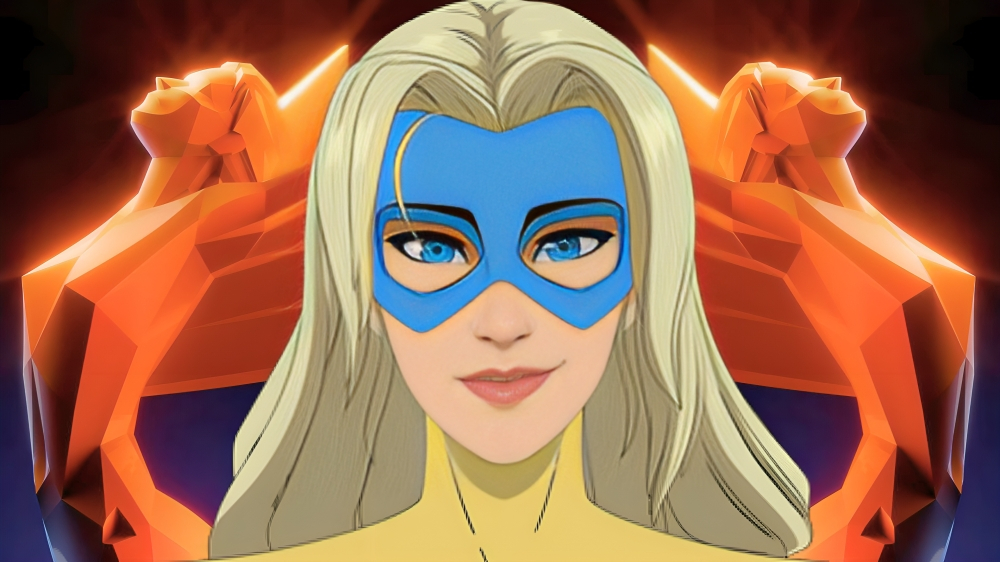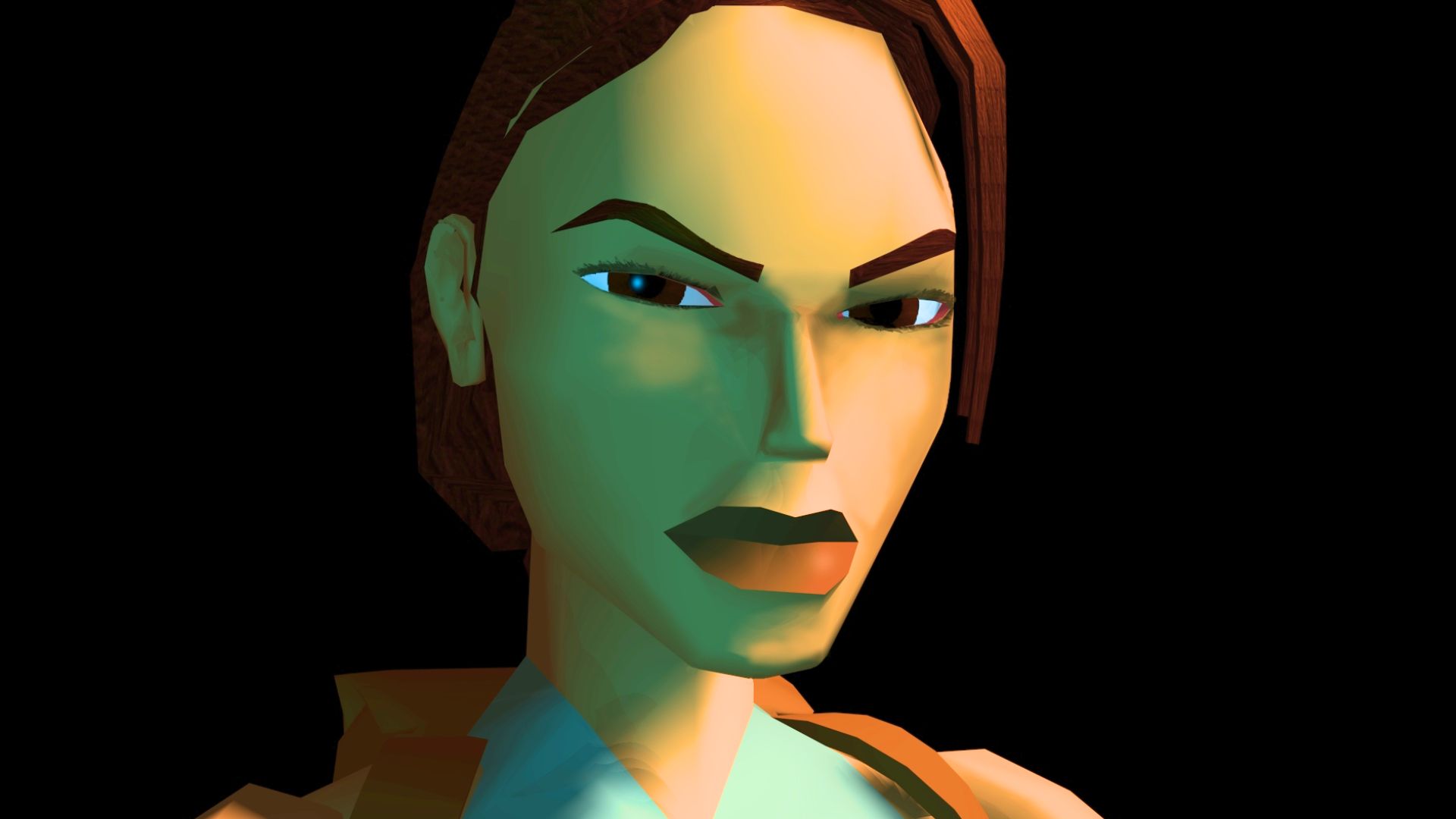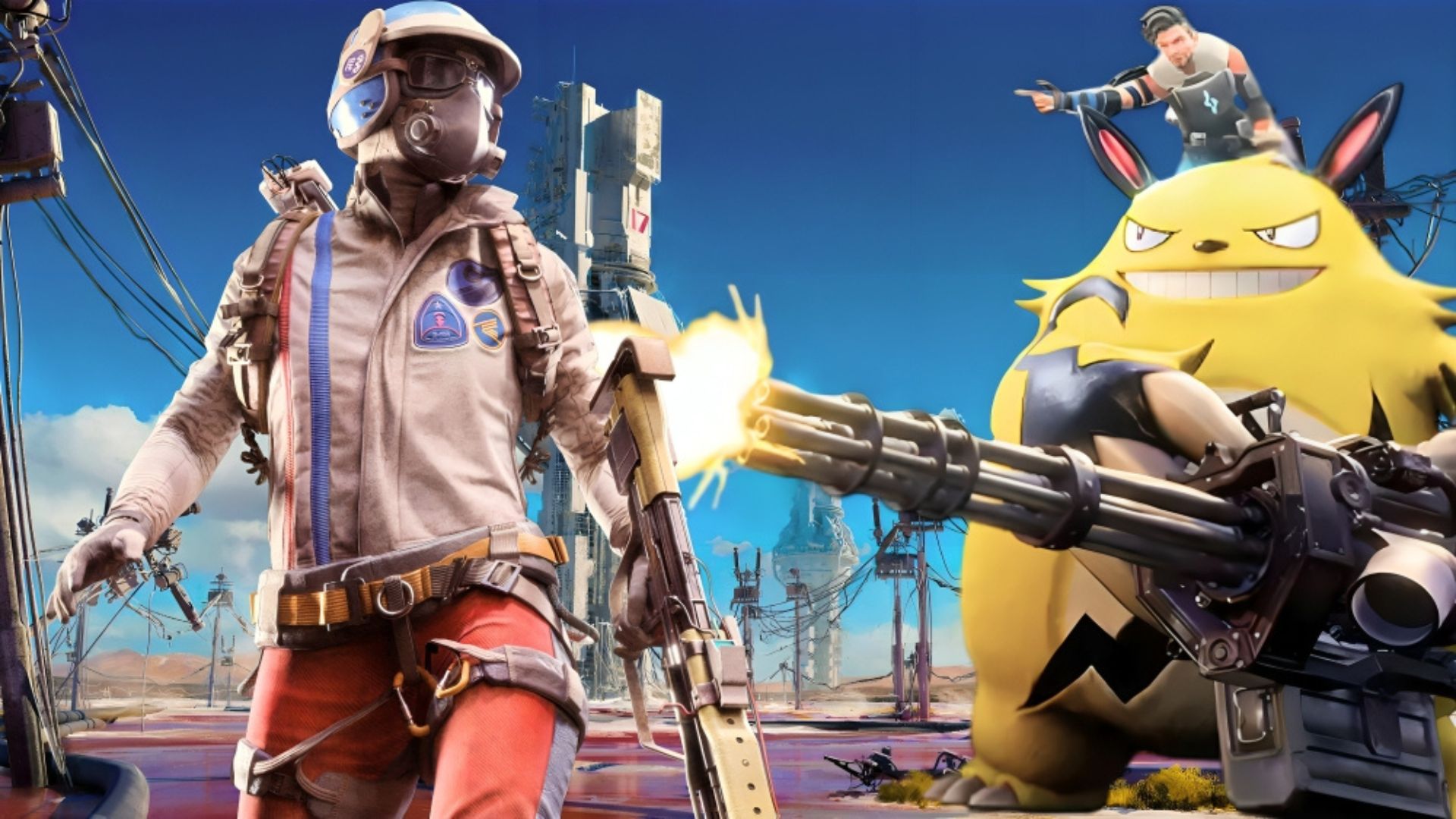You can trust VideoGamer. Our team of gaming experts spend hours testing and reviewing the latest games, to ensure you're reading the most comprehensive guide possible. Rest assured, all imagery and advice is unique and original. Check out how we test and review games here
It’s not often we get to sit down for a proper chat with game developers – and by proper, we mean for longer than 10 minutes. This time, however, things were different. To celebrate the launch of Ratchet & Clank: A Crack in Time on PS3, Sony UK was kind enough to grant us a gargantuan 45 minutes with US developer Insomniac Games, and we grabbed the opportunity like a Premier League footballer burying a chance from five yards out. Here, in the third and final part of Insomniac’s most revealing interview yet, writer and editor TJ Fixman and senior community manager James Stevenson reveal what they think of Uncharted 2: Among Thieves, dish the dirt on what PS3 development is really like, and talk Resistance 3! Missed part two? Worry not! It’s here. Missed part one? Never fear! It’s right here.
VideoGamer.com: Have you played Uncharted 2? If so what do you think?
JS: I have only had the chance to play a bunch of their demo stuff at various points. I got the copy right before I came here for two weeks, and so I haven’t had the chance to play it on the road. That said, it’s stunning. It seems to have an incredible sense of storytelling and adventure. The way the game looks is amazing. The density of the environments and the props and the interactions you can have with those items, from a game development perspective, is just absolutely mind-blowing. I’m glad we’re friends with those guys, so we can find out how they did it! I’m happy for them. They deserve all the success in the world. The first game was a victim of the PS3’s installed base at the time. It did well but it could have reached a much larger audience. This one’s getting an audience it deserves. A copy is sitting on my desk. I’m flying back to Los Angeles tomorrow. I probably won’t get to it this weekend but I’m looking forward to playing it next week all the way through. I’ll probably just lock myself in my room and play straight through it.
The first one was an amazing game, too. It’s that same thing we have going with this game. Once you have that core set down. We had to rebuild Ratchet for PS3. So all that stuff we took for granted: the move set, the animations, the character, the crates, just everything that works on PS2, had to be redone for PS3. As soon as that’s done and you have everything down and you have that codebase to work from, making the sequel is always a leap forward. They’re probably benefiting from a lot of the same things we were, where we were able to take the same codebase. They had Nathan Drake. They have all this great tech. Now they can just add to it and expand upon it, put multiplayer in and co-op and all these other things. I was talking to Stephen Totilo and he said, I think it was at PAX, this is the fun time in every console generation. Everyone gets excited about new game machines. The problem is game developers are so busy just getting their games up and running on the new machines at first. You don’t get the innovation, the interesting stuff and the astounding games early on in the generation because we’re just happy it runs. After we get it off and running and we have a game or two released, three, four years into the lifecycle of consoles is where it starts to get exciting. Now we know how to ride that bicycle and we can start performing tricks on it.
VideoGamer.com: The PS3 promised graphically amazing games when it first came out, but some developers found it difficult to develop for at first. Was that something Insomniac experienced?
JS: Yeah. It was going basically from old techniques where processing was single threading, to multiple parallel processors essentially – there are six, seven SPUs on the PS3. That’s a complete paradigm shift. It makes it even harder. At least we have the benefit of being exclusive. We code everything for the PS3 engine. Trying to wrap your head around getting something that will work on an Xbox 360 processor and a PS3 processor – that makes it even harder. So we have the benefit of being able to not worry about having another console to develop for and focus our engine on running incredibly well on the PS3, and wringing all the power out of the SPUs. There are some brilliant folks on the engine team. Al Hastings and Mike Acton, our engine director, Eric Christensen [principle engine programmer], these guys, they live and breathe the Cell Processor and the graphics card. We talk to Naughty Dog all the time. We talk to Sucker Punch. We talk to Guerrilla. We talk to the Ice Team, which is over at Naughty Dog and Sony Santa Monica. There’s a lot of coordination and sharing that goes on between the Sony first party development group. We want to make sure we all are using the best tricks and figuring out how to optimise for the PS3.
There was a learning curve. Getting a launch title out the door is always a learning curve. Everyone can aim for that but it’s tough. Resistance 1 was a tough game to make. The hardest part about that is, you have to make the game on PCs, and you have to simulate the engine of the PS3 as best as possible until the dev kits start rolling out. And then it’s a rapid process of trying to get the game working on dev kits. It was a tough process. But it also gives a big advantage early on because we had a game out right off the bat. By the time the first Ratchet rolled around… it’s still one of the most visually impressive games. It also helped sell Ratchet to people. If you really want a showpiece game for your PS3 you should check it out. And then a lot of people had the chance for the first time to click. They picked it up because the graphics were so amazing. And I do think graphics sell games, for sure. People will pick up games that are top of their class in graphics because they want these showpiece experiences. People picked it up and then experienced how much fun Ratchet was. I think we gained a lot of new fans because of that.
VideoGamer.com: Insomniac is an independent game developer, but you have a close relationship with Sony. Will you make a game for a non Sony platform?
JS: Never say never. Who knows what the future holds. We obviously have an awesome relationship with Sony. We have amazing product development support. The amount of dev kits we received early with Resistance, even Ratchet when dev kits were scarce, put us way ahead of the game. So we have great support there. We get things we need from Sony. They’ve been a great partner for a very, very long time with us. We have fantastic relationships with the product development group. So we have a happy relationship with Sony. But, like I say, you never say never. We are fully independent still. We obviously will never make a Resistance or Ratchet game on another platform because Sony owns those IPs. But as far as new IP goes, who knows? I could see that future. But right now we’re very happy with the relationship we have with Sony.
VideoGamer.com: Talking of new IPs, have people started thinking about original Insomniac games? Are those thoughts happening?
JS: They’re always happening, right? You’re always thinking about what you may want to make in the future. But that doesn’t necessarily mean anything’s concrete. There’s always just like, you’re just throwing around wouldn’t this be cool, wouldn’t that be cool.
VideoGamer.com: Ratchet and Clank, as you say, is a shooter/platformer hybrid, and Resistance is an FPS. Are shooters what Insomniac will focus on? Is that what the studio excels at?
JS: I don’t know if we’d put ourselves in that box. I don’t think I’d say that’s what we’ll focus on. I don’t know what we’re going to focus on. Who knows what the future holds? We’re nowhere near anything like that. Like I said, we’re just throwing ideas around right now. I wouldn’t put us in that box. We’ve made great platformers. Even Quest for Booty was a good, more of a platforming game and less of a shooting game, although it does have some shooting elements. We made Spyro and that was a great series. We can make a lot of different games. I know if we put our heads to it we could make whatever we wanted to make. But, we obviously do have some competency and experience developing games with shooter aspects. At the same time, we develop a third-person game and we develop a first-person game. You can’t pigeon us into either of those. We could easily do something in either of those fields. The range and depth, from our platforming to the Clank puzzle solving we have now, from shooting in Resistance to online gaming in Resistance, we have a well-rounded set of skills among our employees. Even from the aspect of creating dark, bleak-looking worlds for Resistance to colourful bright worlds, to our engine effects from water to snow, ice to wind, we have a nice wide range of skill sets that gives our creative teams a lot of freedom to do what they want. So I wouldn’t pigeon us in a specific hole based on what we’re developing now.
VideoGamer.com: What do you think of the Resistance 3 billboard that was snapped on the set of Battle for Los Angeles?
JS: No comment.
VideoGamer.com: What was your reaction to it popping up on the internet?
JS: No comment.
VideoGamer.com: Is it no comment from you as well, TJ?
TJF: No comment. You tried!
VideoGamer.com: I’ve got to try. Our readers want to know what’s going on and everyone’s excited. Better that than no-one cares, right?
JS: Right… no comment! Almost! That was good.
VideoGamer.com: Thanks for your time guys.
Ratchet & Clank: A Crack in Time is due out exclusively for the PS3 on November 6.
Resistance: Fall of Man
- Platform(s): PlayStation 3
- Genre(s): Action, First Person, Shooter
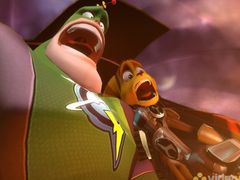
/https://oimg.videogamer.com/images/577c/i8_26.jpg)
/https://oimg.videogamer.com/images/5976/ratchet_and_clank_a_crack_in_time_49.jpg)
/https://oimg.videogamer.com/images/3247/resistance_2_17.jpg)
